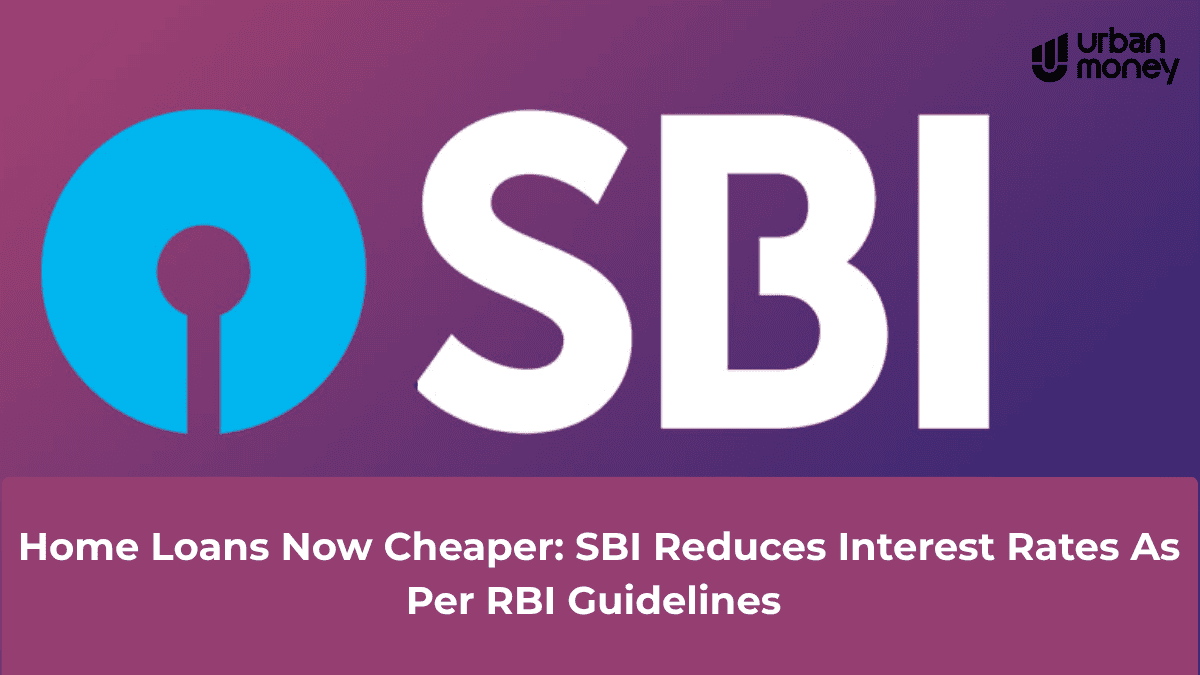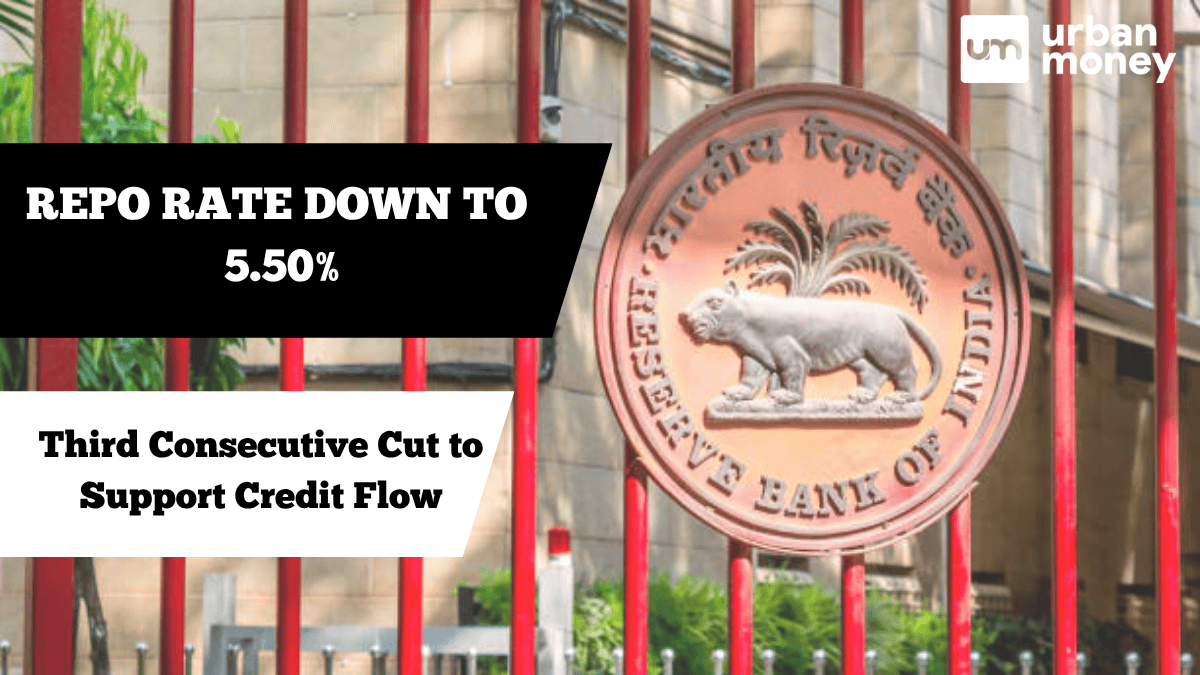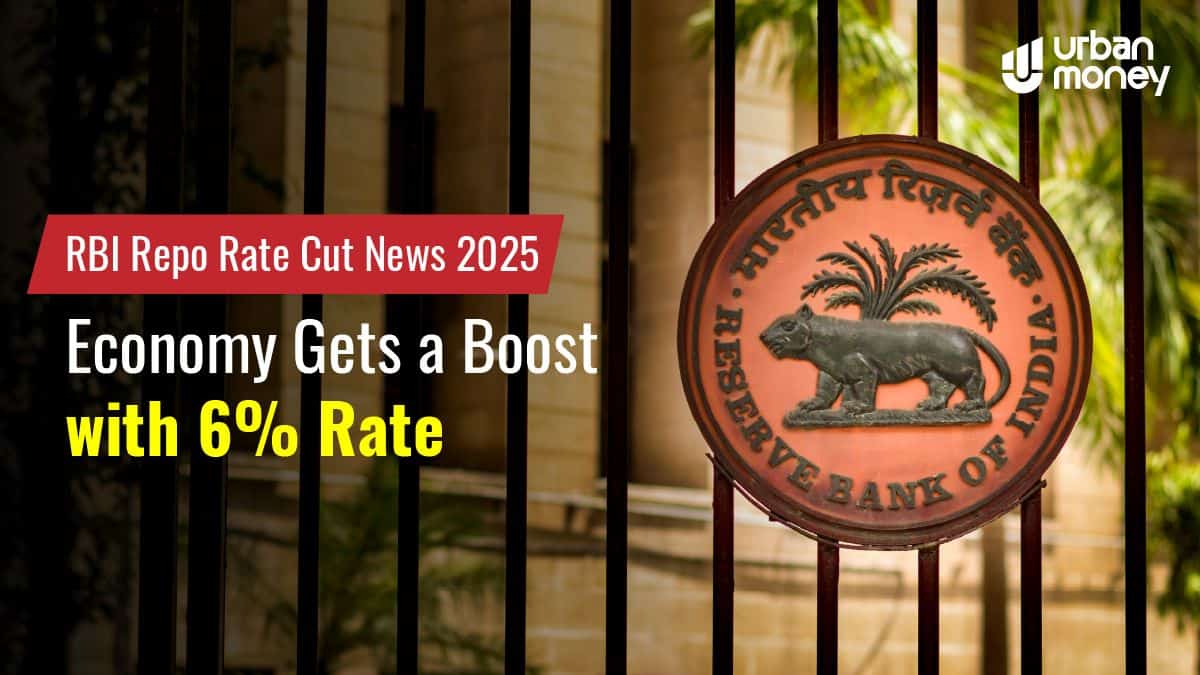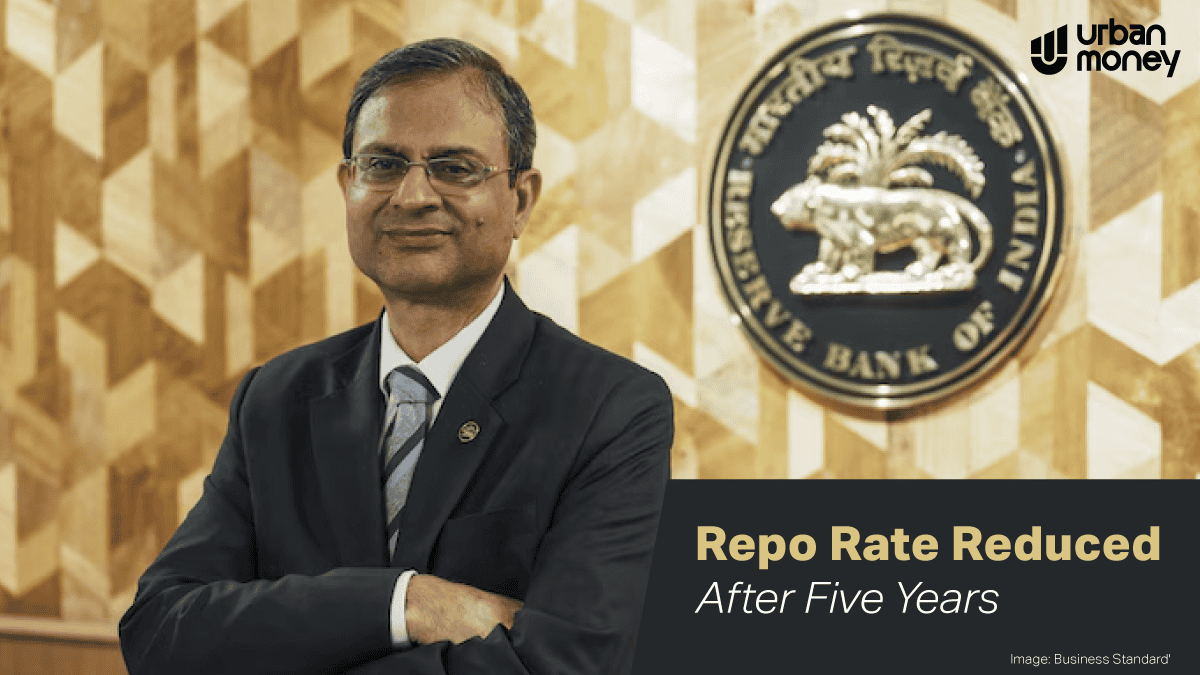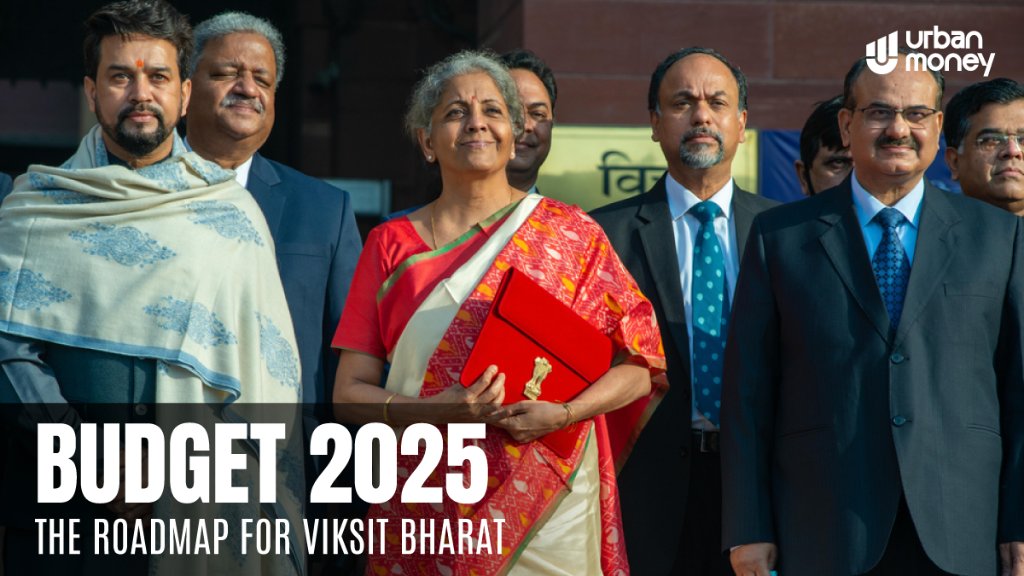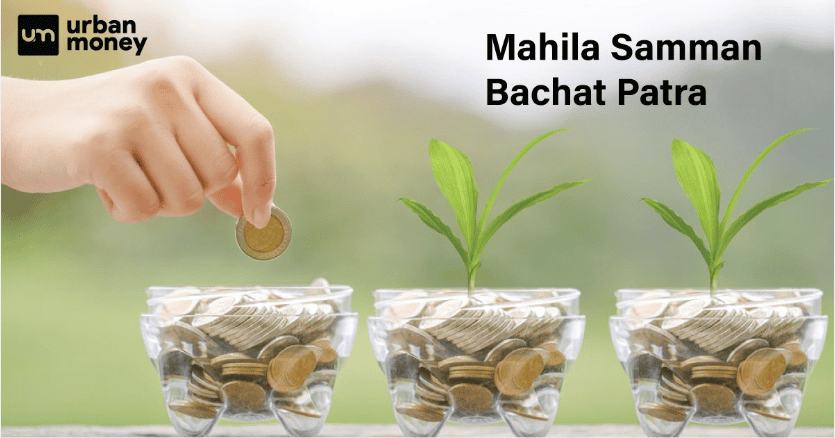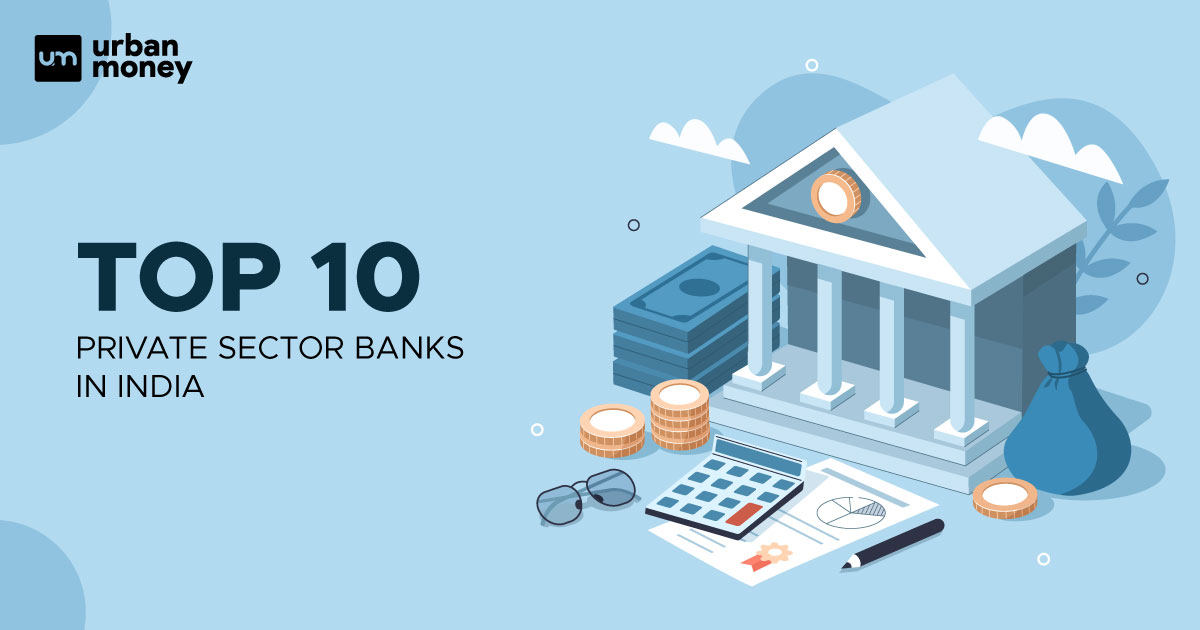Top 10 Best Private Banks in India List 2025
January 09, 2025
Financial News | Repo Rate Stands at 6.50% post 0.25% Hike, Announces RBI

February 08, 2023
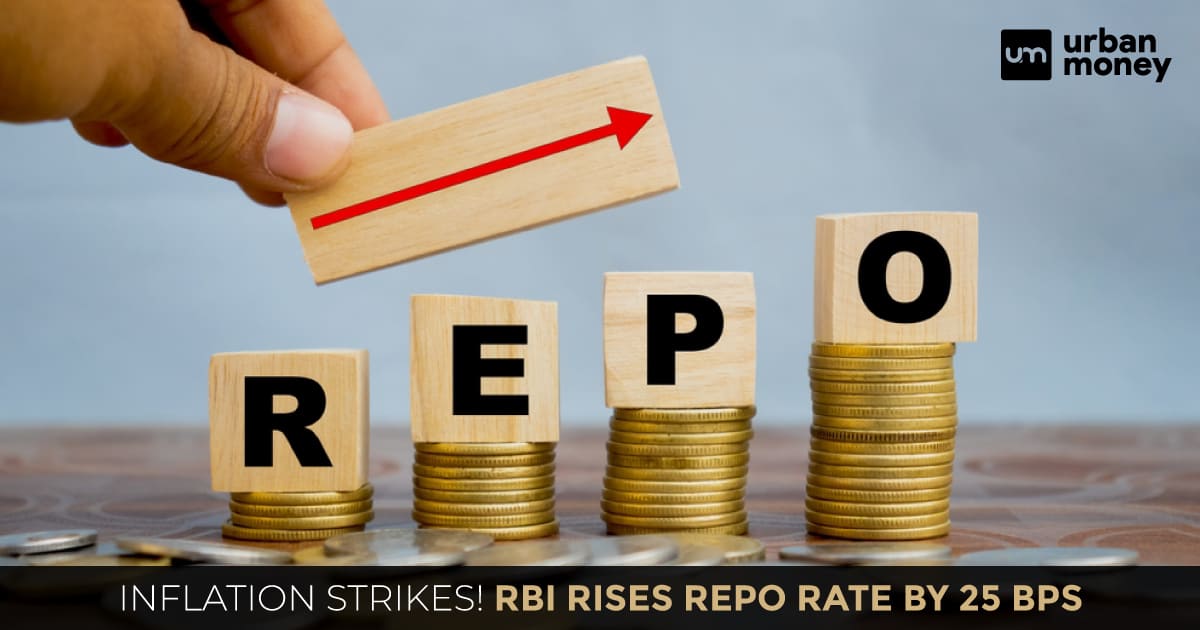

The Monetary Policy Committee (MPC) of India met for the first time since the Union Budget 2023 was delivered by the Indian Finance Minister, Nirmala Sitharman. The MPC meeting went from February 6th to February 8th, delivering the news of the repo rate hike by 0.25 basis points (BPS). This is the first time the Reserve Bank of India (RBI) has raised the repo rate in 2023. The current repo rate is 6.50% as opposed to 6.25% previously.
The repo rate is the rate at which the central bank of India, i.e., the Reserve Bank of India, grants loans to commercial banks. This rate is regulated by the MPC, a committee consisting of six members, set to combat inflation by manipulating the various policies pertaining to Indian monetary matters. The reverse repo rate is the interest rate at which a country’s central bank (in this case, the Reserve Bank of India) borrows money from commercial banks within the country. It is a monetary policy instrument that can be used to control the country’s money supply.
Previously, RBI had a hawkish stand against inflation. This 0.25 BPS repo rate hike proves that the RBI is withdrawing its accommodative stance and is making sure that inflation stays within its limits while not influencing the growth of the country. Shaktikanta Das announced a projected GDP growth of 6.4% for 2023-24. He also revealed that the odds of the repo rate hike were four against two of the MPC members. He affirms that the repo rate in 2023 dances on the positive tunes and that further hikes are warranted.
Several central banks have slowed or stopped raising interest rates. Core inflation, on the other hand, remains stubborn. In India, inflation will exceed the 4% mark. In addition, India’s monetary policy should be tightened further. Retail inflation will average 6.5% this fiscal year and fall to 5.3% in 2023-24. The Governor of the RBI stated this. In addition, Governor Das stated that the Indian Rupee (INR) would be the least volatile among Asian peers in 2022 and 2023. He further added that India’s current account deficit would fall in the second half of 2022-23 and remain “manageable”.
A repo rate hike of 25 basis points seems appropriate at this point. Monetary policy will remain flexible and responsive to inflation. The global economic outlook does not seem as bleak as it did a few months ago. Major economies have experienced an improvement in growth prospects, while inflation has begun to fall but remains well above target in most of them. This situation can be perceived as fluid and unpredictable.
As per the RBIs announcement on 8th February 2023, the various policy rates are valued at the following:
With the Russo-Ukraine war, US Fed policies, crude oil prices, and COVID-19 affecting the Indian economy, inflation was the missing infinity stone. This made the repo rate hikes inevitable. In the past year, the RBI has changed the rate seven times. The Central Bank has been consistent in its fight against inflation and has made the following modifications:
| Date | Repo Rate Hike (in basis points) | Current Repo Rate |
| February 8, 2023 | 25 | 6.50% |
| December 7, 2022 | 35 | 6.25% |
| September 30, 2022 | 50 | 5.90% |
| August 5, 2022 | 50 | 5.40% |
| June 8, 2022 | 50 | 4.90% |
| May 4, 2022 | 40 | 4.40% |
People may purchase fewer goods and services as the RBI monetary policy repo rate rises, which could affect demand and, as a result, slow growth. Subsequently, as everything becomes more expensive, goods and services may no longer be affordable to the poorest members of society.
As banks raise interest rates, existing borrowers’ EMIs may rise even more, dampening their enthusiasm for becoming homeowners. The RBI rate increase affects all types of loans, including mortgages, personal loans, business loans, auto loans, student loans, credit cards, and everything in between. Home loan interest rates have already been rising and are set to rise further.
Increases in interest rates typically have an immediate impact on debt mutual funds, particularly long-term bond funds. This is because bond prices fall as yields rise, lowering the return on debt investments. As a result, debt investors are forced to withdraw their funds from the market in order to wait for the bond price to rise and thus increase their profits. Debt funds may experience short- to medium-term volatility as a result.
When the repo rate hike, interest rates on bank deposits typically rise too. According to experts, consumers with short and medium-term investments, such as fixed deposits and savings, may benefit from higher rates because they will receive higher returns on their investments based on how banking institutions accept the new interest rate increase.










© 2025 www.urbanmoney.com. All rights reserved.

Need Loan Assistance?






